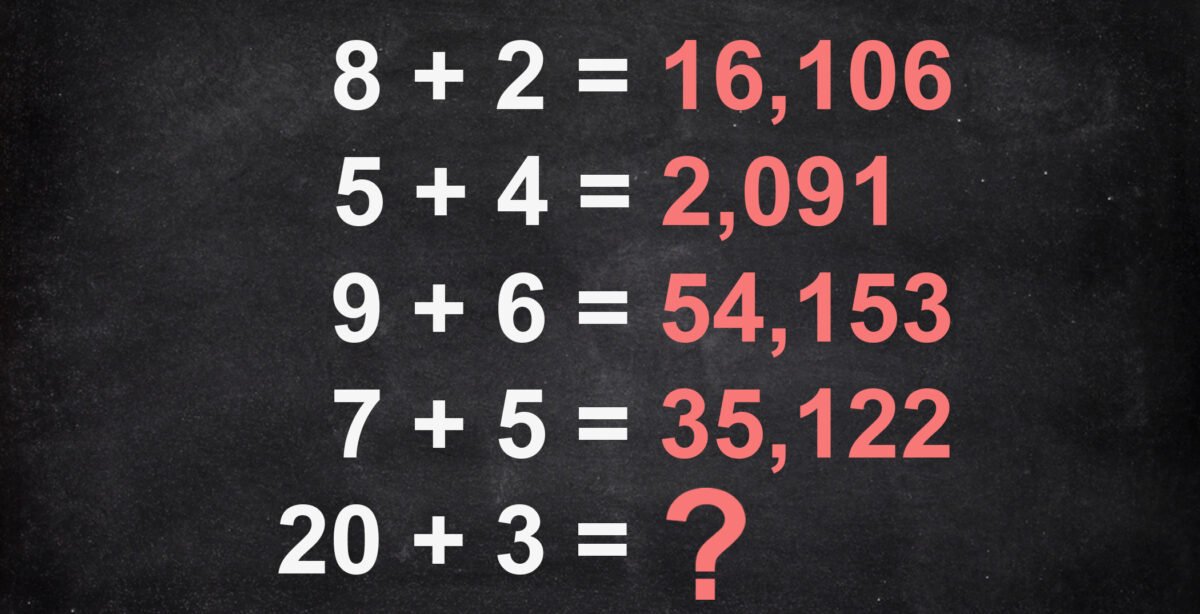Intelligent Brains Are Slower In Processing Complex Information: Study

You would think that intelligent people think faster, correct?
However, a recent study has found that this is only partially true when it comes to simple problem-solving. When the difficulty level is higher, those with high IQs like to take their time.
This surprising finding was made by researchers at the BIH and Charité—Universitätsmedizin Berlin, with a colleague from Barcelona who published their conclusions in the journal Nature Communications.
The researchers arranged a test involving 650 participants, where they showed them certain patterns and asked them to find what are the rules behind those patterns. The patterns were arranged in a way to become progressively more challenging.
The scientists measured the IQ of the participants using conventional tests, as well as the connection between the measured IQ, the activation patterns, and the overall test performance.
“It’s the right excitation-inhibition balance of neurons that influences decision-making and more or less enables a person to solve problems,” said one of the researchers, Professor Petra Ritter of the Berlin Institute of Health in der Charité, in a statement published by IFLScience.
The Surprising Results of The Test
The participants with higher IQs could quickly see the solutions to the easy problems. However, that was not the case when the complexity of the problems increased. They still produced the correct solutions, but it took them much longer to answer the questions.
This was explained by how their brains functioned. They seemed to show more patience as all areas of their brain did the required processing instead of jumping to conclusions when only some of the puzzles were solved.
The researchers explain that this slow response was derived from the coordination of their mental pathways because people with higher IQs have more synchronized brains. This means that the neural circuits of their front lob are held back from decisions until all the parts of the brain take the time to process the requested information.
“In more challenging tasks, you have to store previous progress in working memory while you explore other solution paths and then integrate these into each other,” said the lead author of the paper Professor Michael Schirner, a scientist at the Department of Neurology with Experimental Neurology, Charité, Universitätsmedizin Berlin, Germany.
“This gathering of evidence for a particular solution may sometimes take longer, but it also leads to better results,” adds Schirner.
Comparison With The Silico Brain
Ritter and her colleagues decided to compare their data with data from a ‘general’ human brain model that was generated from brain scans and mathematical models, known as a ‘silico brain’ or a computer simulation of a human brain.
“We can reproduce the activity of individual brains very efficiently,” Ritter told MedicalXpress.
The results showed that the responses of the participants and those of the artificially created brains do match.
“We found out in the process that these silico brains behave differently from one another—and in the same way as their biological counterparts. Our virtual avatars match the intellectual performance and reaction times of their biological analogues,” Ritter explained.
The researchers hope that their experiment will help better understand the brain’s function and how to find specific intervention targets for people who suffer from neurodegenerative diseases.
What Is a Silico Brain?
The silico brain was first conceived as part of a project by researcher Henry Markram who initiated the Human Brain Project (HBP) and the Blue Brain Project (BBP), which sought to simulate the human brain inside a computer.
Silico brain refers to a computational model or simulation of the brain created using computer algorithms and techniques. Markham’s goal was to replicate the structure and functionality of the human brain within a computer system, which involves modelling the complex interactions of neurons, synapses, and neural circuits that underlie brain function.
He had some success with the BBP project in 2015, releasing a simulation of 30,000 rat neurons. However, this is a mere 0.15 percent of the rodent’s brain.
Markham hopes that by simulating the brain in the computer, scientists and researchers can better understand how the brain works, study its behaviour under different conditions, and potentially develop treatments for brain disorders and diseases.
However, the projects run by Markham have been heavily criticized, with many neuroscientists arguing that the idea you could map how neurons connect and cooperate and how the brain forms decisions and memories was ridiculous.
“It’s not obvious to me what the very large-scale nature of the simulation would accomplish,” Anne Churchland from Cold Spring Harbor Laboratory told The Atlantic.
Churchland and her team work on simulating networks of neurons to study how brains combine visual and auditory information.
“I could implement that with hundreds of thousands of neurons, and it’s not clear what it would buy me if I had 70 billion,” she said.




